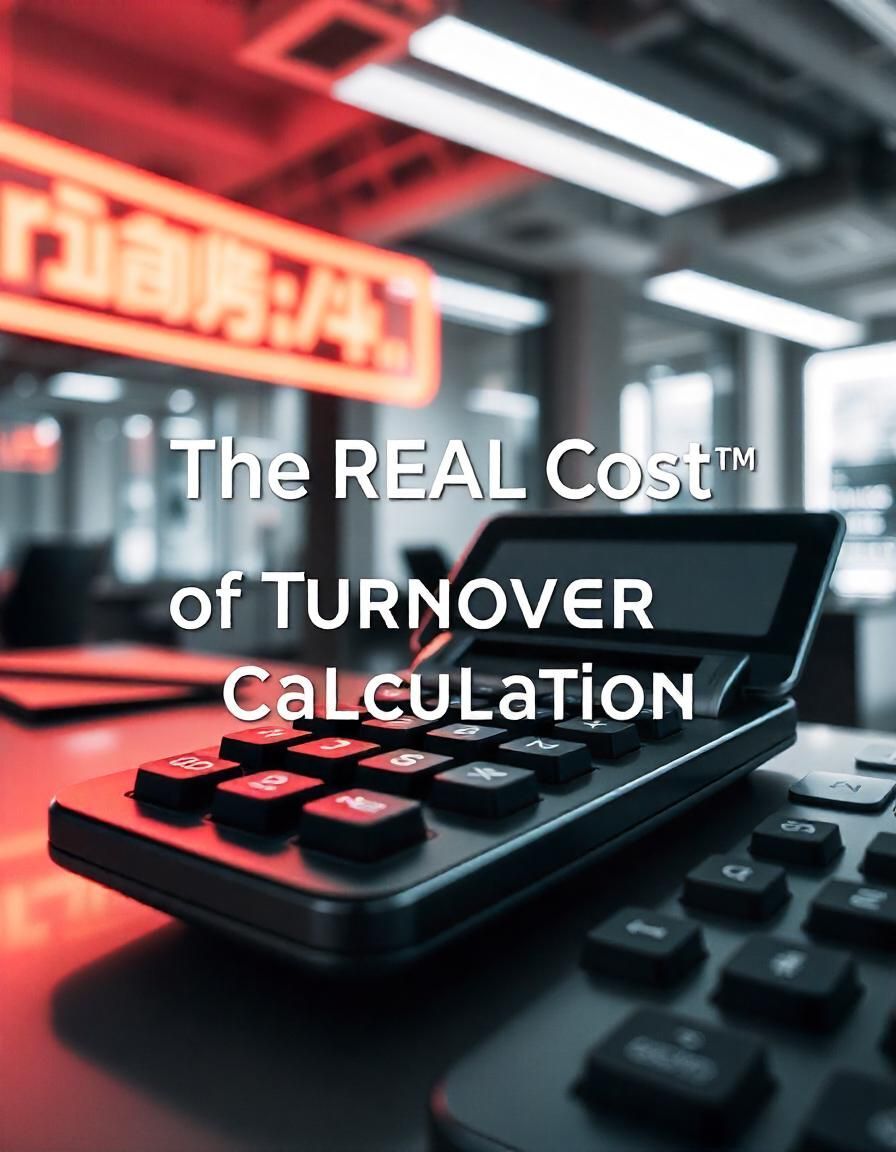How Much is Employee Turnover Costing You?

Employee turnover is more expensive than you might think. Replacing a worker can cost between 40% of annual pay for entry-level positions and 200% of a senior executive’s salary. These costs include recruiting new hires, lost company knowledge, training and time for the new hire to get up to speed, and the ripple effects of leaving customers underserved.
Shockingly, about half of the workforce is quietly looking for new jobs. Why do they leave? Poor leadership is the top reason—70% of employees who quit cite negative experiences with their managers. 40% of the employees who quit said that with better support from and communication with their manager, and more action on their concerns, they likely would have stayed. Meanwhile, only 30% leave primarily because of pay or benefits.
Turnover doesn’t just hurt morale; it impacts your bottom line. Imagine the cost of losing even one college-educated employee. Investing in leadership development could not only improve retention but also pay for itself by keeping key talent on board.
How much is turnover costing your organization? If you’re curious, try our free
Cost of Turnover Calculator. Chances are that reducing turnover by providing highly effective leadership training could be the smartest investment you make this year—one that pays off big time by keeping your best employees engaged, committed, and productive.


